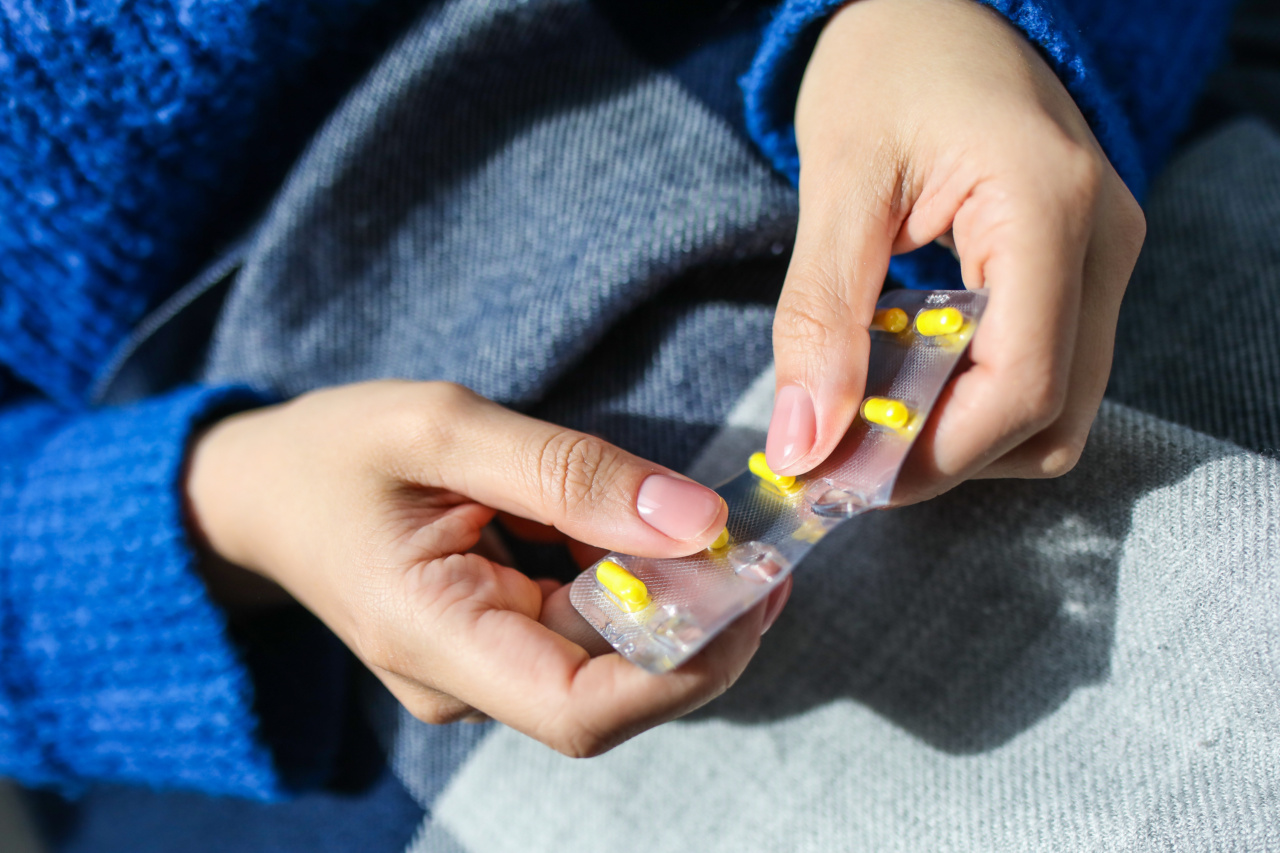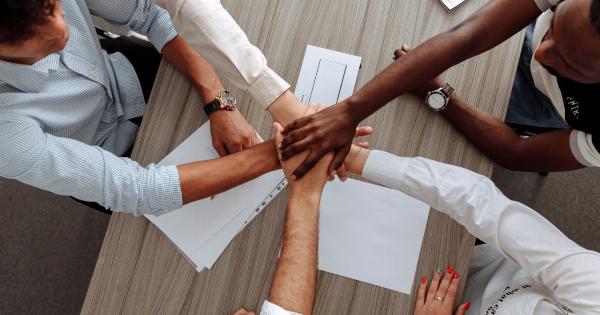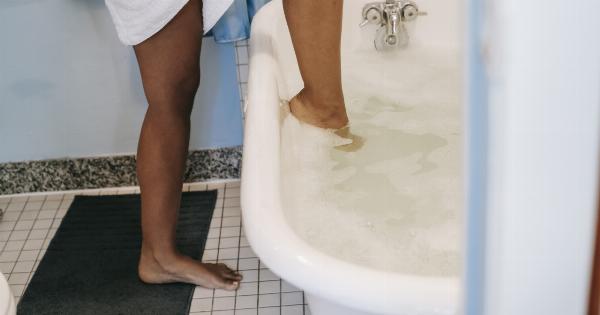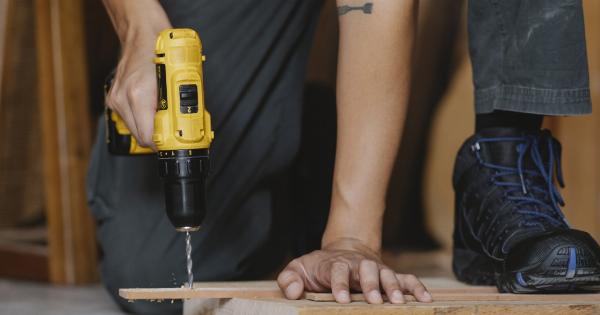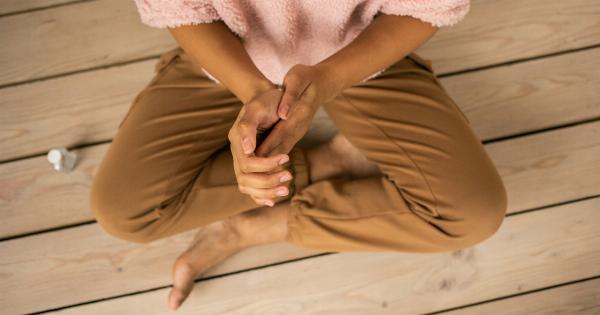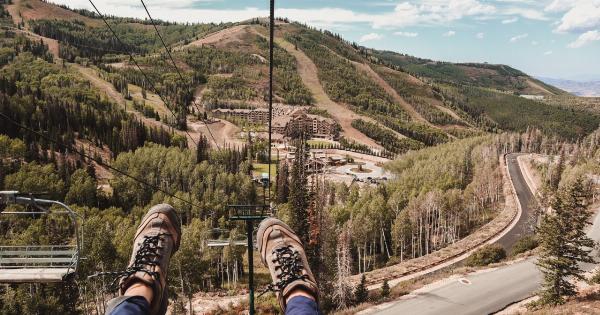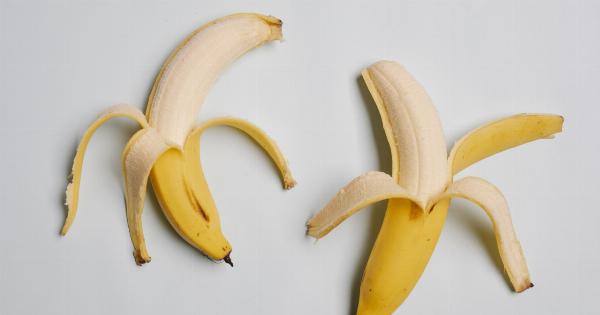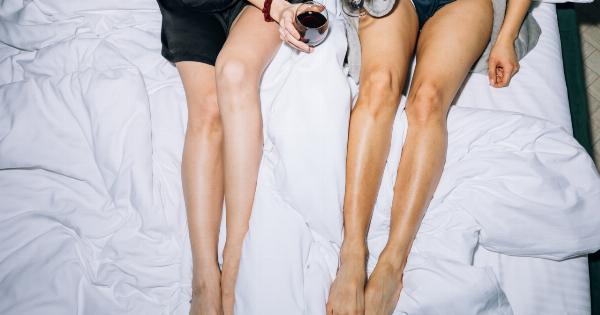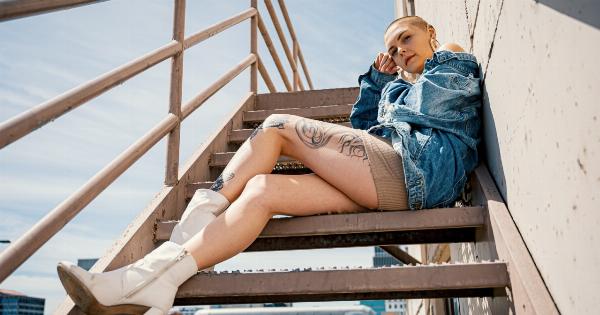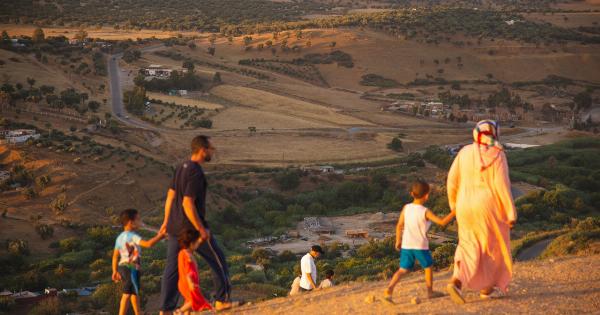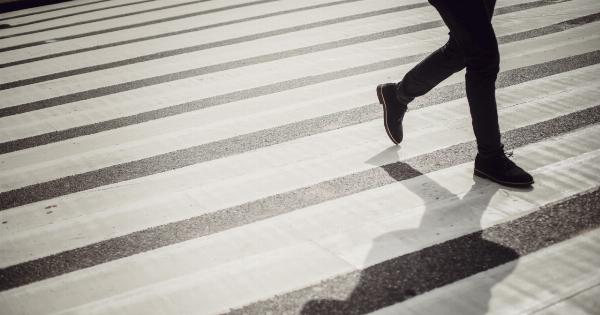Dealing with blisters can be a painful and frustrating experience. Whether you’re an athlete, an adventurer, or simply someone who enjoys long walks, blisters can put a damper on your activities and slow you down.
Understanding how to prevent and treat blisters is essential to keep your feet happy and healthy. In this ultimate blister treatment guide, we will explore various causes of blisters and provide you with effective remedies and preventative measures to ensure optimal blister care.
What Are Blisters?
Blisters are fluid-filled sacs that form on the skin’s outermost layer, caused by constant friction, pressure, or burns. They can occur anywhere on the body but are most commonly found on the feet and hands.
Blisters protect the underlying tissue from further damage and aid in the healing process by creating a cushioning layer.
Common Causes of Blisters
Blisters can arise due to various factors. Understanding the causes can help you prevent them in the first place. Some common causes of blisters include:.
1. Friction
Friction is the leading cause of blisters, especially when there is prolonged rubbing or pressure on the skin. This often occurs when wearing ill-fitting shoes or engaging in activities that involve repetitive movements.
2. Heat and Burns
Burns, whether from direct contact with a hot surface or exposure to extreme heat, can lead to blister formation. Sunburns are also a common culprit, particularly when the skin is repeatedly exposed to harmful UV rays.
3. Allergic Reactions
Some individuals may develop blisters as a result of an allergic reaction to irritants, such as chemicals or certain medications.
4. Skin Conditions
Various skin conditions can cause blisters to develop. Examples include eczema, dermatitis herpetiformis, and pemphigus vulgaris. These conditions typically involve underlying issues with the immune system or an allergic response.
5. Infections
Infections, such as herpes simplex virus (HSV) or impetigo, can result in the formation of blisters. These infections often cause pain and discomfort and require medical attention.
Effective Blister Treatment Techniques
When a blister appears, it’s important to provide proper care to prevent infection and promote healing. Here are the most effective blister treatment techniques:.
1. Leave It Intact
If the blister isn’t causing any discomfort or pain, it’s best to leave it intact. The roof of the blister acts as a natural barrier against infection.
Avoid popping or draining the blister unless it is extremely large or likely to burst on its own.
2. Clean the Area
Before treating the blister, make sure to clean the affected area with mild soap and water. Gently pat it dry with a clean towel.
3. Apply a Sterile Covering
To protect the blister from further irritation, apply a sterile covering like a blister pad or adhesive bandage. These types of coverings provide cushioning and help reduce friction.
4. Use Antibiotic Ointments
If the blister has burst or there is a risk of infection, apply an antibiotic ointment to prevent bacterial growth. Consult a healthcare professional for proper ointment recommendations.
5. Practice Pain Relief
If the blister is causing pain, over-the-counter pain relievers like acetaminophen or ibuprofen can help alleviate discomfort. Always follow the recommended dosage guidelines.
Preventing Future Blisters
The best way to deal with blisters is to prevent them from occurring in the first place. Here are some essential tips to help you prevent future blisters:.
1. Wear Properly Fitting Shoes
Ensure that your shoes fit properly and provide adequate support. Ill-fitting shoes increase friction and pressure, leading to blister formation. Consider getting professionally fitted for athletic shoes to find the perfect match for your feet.
2. Break in New Shoes
Avoid wearing new shoes for extended periods right away. Gradually break them in to allow your feet to adjust to the shoe’s shape and reduce the risk of blisters.
3. Use Moisture-Wicking Socks
Moisture-wicking socks help to keep your feet dry by drawing away moisture. This helps reduce friction and decreases the likelihood of blisters forming.
4. Apply Lubricants or Anti-Friction Balms
Apply lubricants or anti-friction balms to areas prone to blisters before engaging in activities that involve repetitive movements. These products reduce friction and create a protective layer on the skin.
5. Wear Properly Sized Gloves
When engaging in activities that require hand movements, such as gardening or weightlifting, ensure that you wear gloves that fit well. Gloves provide an extra layer of protection against friction and pressure.
Conclusion
By following proper blister treatment techniques and taking preventive measures, you can effectively manage and minimize the occurrence of blisters. Remember to care for your blisters diligently to avoid potential infections and complications.
Prioritize your foot and hand health to enjoy your favorite activities without the discomfort and hassle of blisters.
